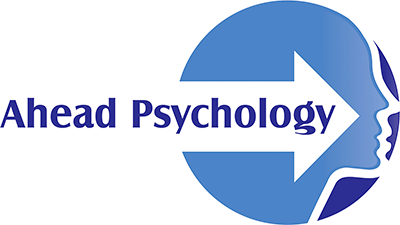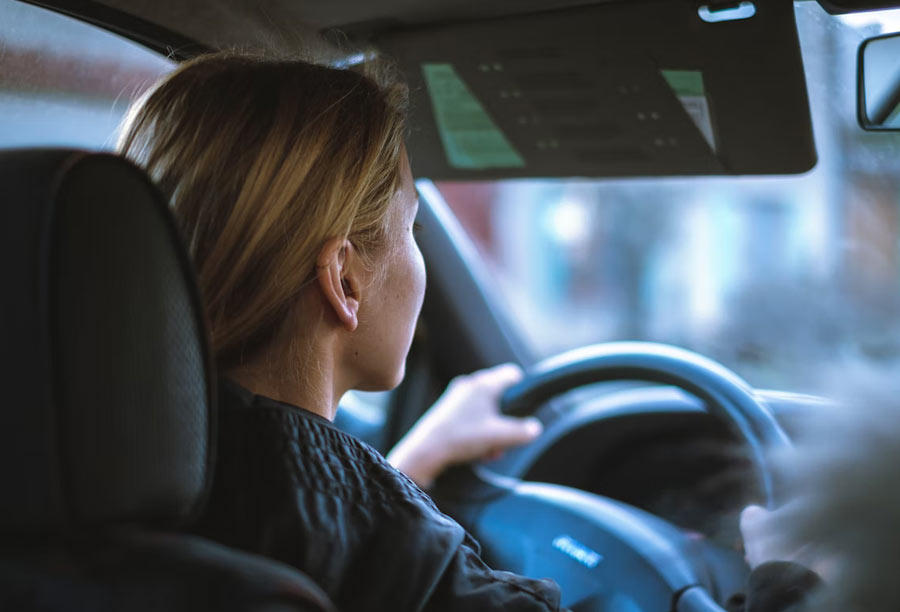Driving Anxiety
How to overcome your fear of driving after a car accident
It’s no secret that Australian roads can be chaotic at times, particularly in major cities where traffic is heavy, people are beeping their horns impatiently, and signage can be utterly confusing. Just the thought of driving in a city can give some people heart palpitations. But it’s not just city driving, it’s also country driving (the risk of hitting a kangaroo!) or driving over bridges, driving in the rain or through tunnels- that can provoke anxiety in people.
For most people, this anxiety doesn’t get in the way of getting them from A to B. They may drive through the city anyway, or car pool or go at a less busy time of day. But for others, particularly people who have had a car accident, the fear of driving can prevent them from getting on with their life.
When something traumatic happens its absolutely normal to feel nervous about anything associated with it for a brief period of time. When it comes to car accidents this may mean anxiety about getting back into a car, driving a car, or being near a particular area when driving. Anxiety tends to be on a spectrum from mild to severe, and it’s at this latter end that professional help could be beneficial in helping you overcome your fear of driving after a car accident.
Signs that you may have driving anxiety
The symptoms of driving anxiety are similar to that of a general anxiety disorder, only the anxiety is primarily connected to the fear of driving (also known as a driving phobia). Although, anxiety in one area of your life, may also impact other areas of your life too (relationships, work commitments, parenting role or daily functioning). If you have driving anxiety after a car accident, then it can be very distressing and even immobilising.
If you have anxiety about driving, then you will likely have a combination of cognitive, physical and behavioural anxiety symptoms.
Cognitive symptoms of driving anxiety
- Persistent or excessive worries about driving or being in a car
- An intense irrational fear that something bad will happen if you are in a car
- A fear that you will die
- A fear that you will have a panic attack if you drive
- Fear of embarrassment or feeling out of control
Physical symptoms of driving anxiety
When thinking about driving, or being near a car or road, or getting into a car, you may experience the following physiological changes:
- A pounding heart
- Difficulty breathing
- Upset stomach or digestive problems
- Muscle tension
- Headache
- Sweating or trembling
- Dizziness
- Panic attacks
Behavioural symptoms of driving anxiety
It’s common for people with a fear of driving to engage in avoidant behaviour to minimise the feelings of anxiety. This may include:
- Avoidance of driving at night, at busy times, or altogether
- Making excuses not to drive and being the passenger instead
- Making excuses not to attend events or commitments that require driving
- Taking public transport to avoid driving
- Cancelling commitments at the last minute because you need to drive there
What are the causes of driving anxiety?
Fear of driving can be caused by a number of factors. While it may be easy to understand how a serious car accident may cause someone to have a driving phobia, this is not always the trigger for an ongoing fear of driving. Some other examples include:
Traumatic driving experience
This is commonly a car accident, but it may also be due to driving through a storm, getting lost, colliding with an animal or being the victim of road rage. You may ruminate over the incident and worry it will happen again.
Driving in unfamiliar territory
For some people, driving anxiety is related to driving outside of one’s comfort zone. This may include driving alone to a new location, in a major city, in an isolated area or somewhere that parking is difficult to find. You may worry that you will get lost, or your car will run out of petrol or you can’t find a parking spot.
Fear of panic attacks
If you already experience anxiety, or you have experienced a traumatic driving incident where you have also had a panic attack- then you may fear being stuck in a car and it happening again.
Witnessing a traumatic driving incident
Sometimes witnessing a car accident, or road rage, or someone being injured on the road can trigger a fear of driving. Driving anxiety can also occur, even when you weren’t physically present at the scene. You may have heard about an awful car crash, or someone you know may have been in a serious or fatal car accident. Vicarious trauma can lead to anxiety symptoms about driving with worries about it happening again, or experiencing intrusive images of the incident.
How to overcome driving anxiety
If you are diagnosed with an anxiety disorder, specifically a driving phobia, then an experienced psychologist can support you to overcome your fear of driving. While there are many different treatment approaches used by psychologists, cognitive-behaviour therapy (CBT) tends to be the most common anxiety treatment. This involves identifying and addressing thought patterns (cognitions), emotional responses (panic symptoms) and (avoidant) behaviours. These are the steps you can expect to move through when you undergo CBT for driving anxiety:
- Processing the incident. Firstly, your psychologist will help you process the incident(s) that triggered the driving phobia and provide you with a safe space to explore your thoughts and feelings. If you are experiencing symptoms of posttraumatic stress disorder (PTSD), then this will likely be treated first before addressing the anxiety disorder.
- Identifying triggers. Your psychologist will help you identify the particular thoughts or circumstances that trigger your anxiety. For example: driving to the city, being invited to a place you are unfamiliar with or having to drive at night.
- Break down the responses. Your psychologist will support you to understand your specific emotional, psychological and behavioural symptoms associated with driving anxiety and this will help inform the treatment plan.
- A hierarchy of fear. Your psychologist may help you create a hierarchy of fear which involves listing the least fearful driving related situation (sitting in a car) to the most fearful situation (driving in peak hour traffic in a major city). This will become your basis for goal setting; moving up the hierarchy and gaining confidence with each step.
- Coping strategies. Your psychologist will not make you face your fears without teaching you some strategies to cope with your anxiety. This may involve various relaxation strategies such as deep breathing, progressive muscle relaxation or mindfulness. It will also involve cognitive strategies such as learning how to challenge and defuse negative unhelpful thoughts that keep you feeling anxious about driving.
- Facing your fears. This is known as exposure therapy and ultimately helps you work toward the goal of minimising your anxiety about driving. Together with your psychologist you will plan how to overcome anxiety provoking situations (starting with the least fearful), using your newly learnt coping strategies.
If you would like to overcome driving anxiety, but you don’t feel like you can go through these steps alone, then an experienced psychologist can support you through the process.
Driving Anxiety Counselling Brisbane
At Ahead Psychology, we have experienced Senior Psychologists who work with people with anxiety disorders and specific phobias. Call Ahead Psychology Brisbane on (07) 3352 3577 or send us a message.


